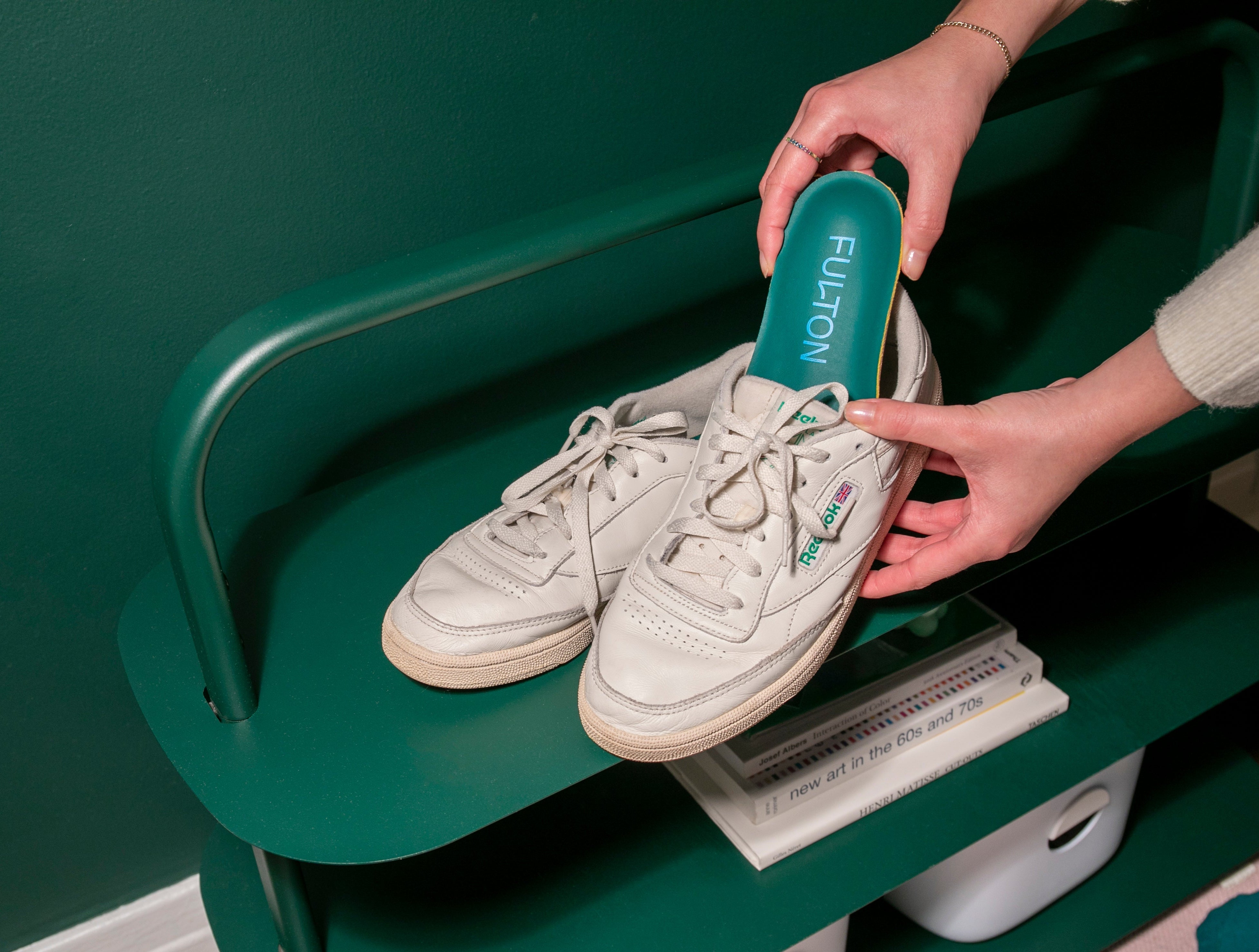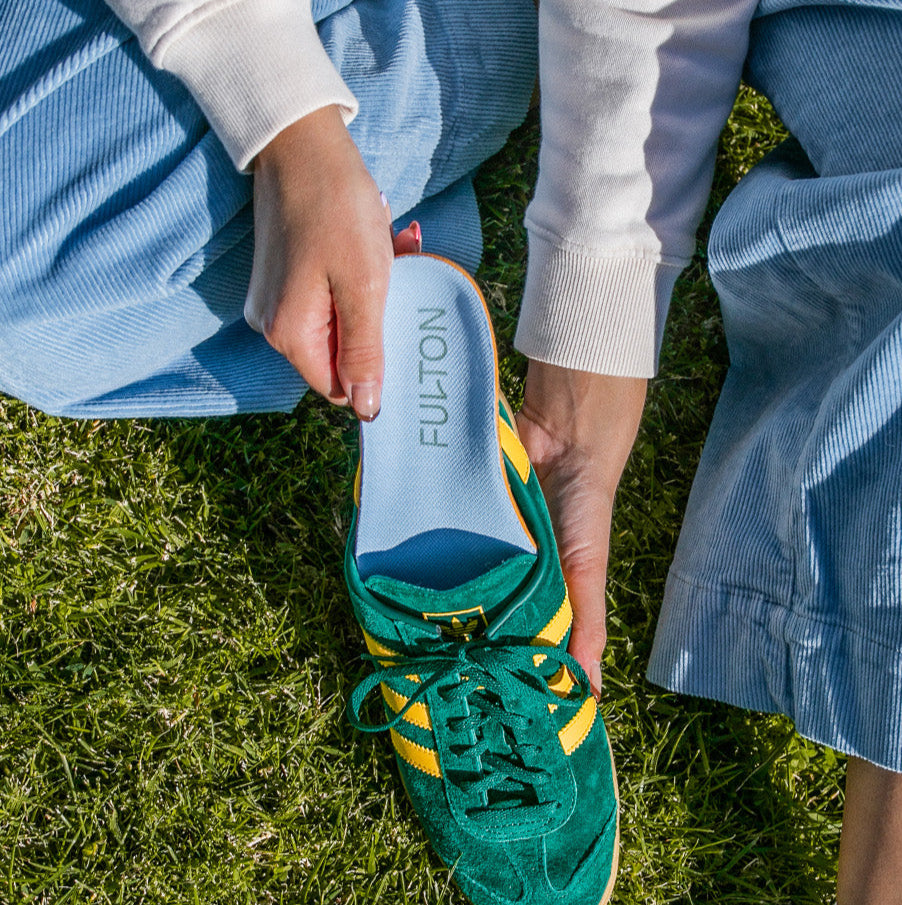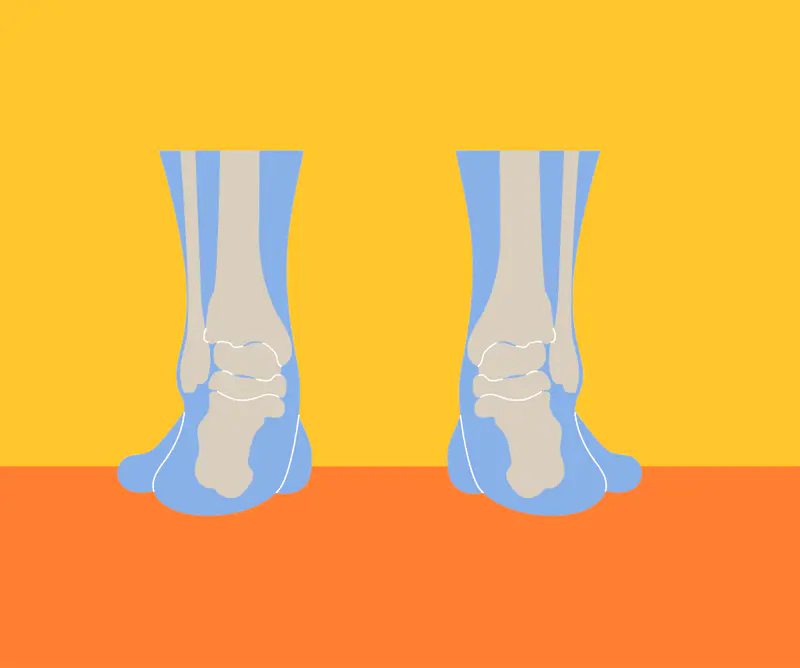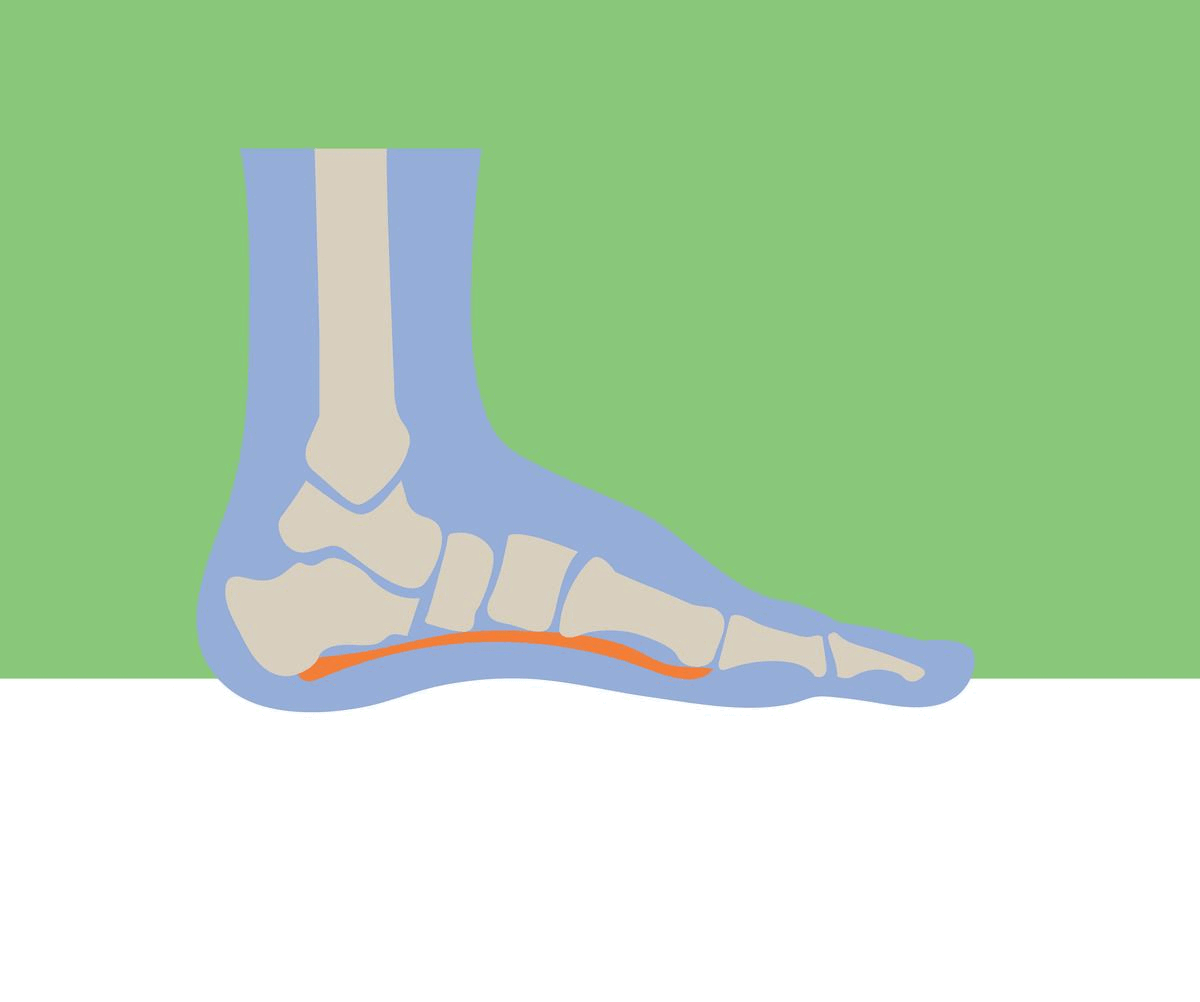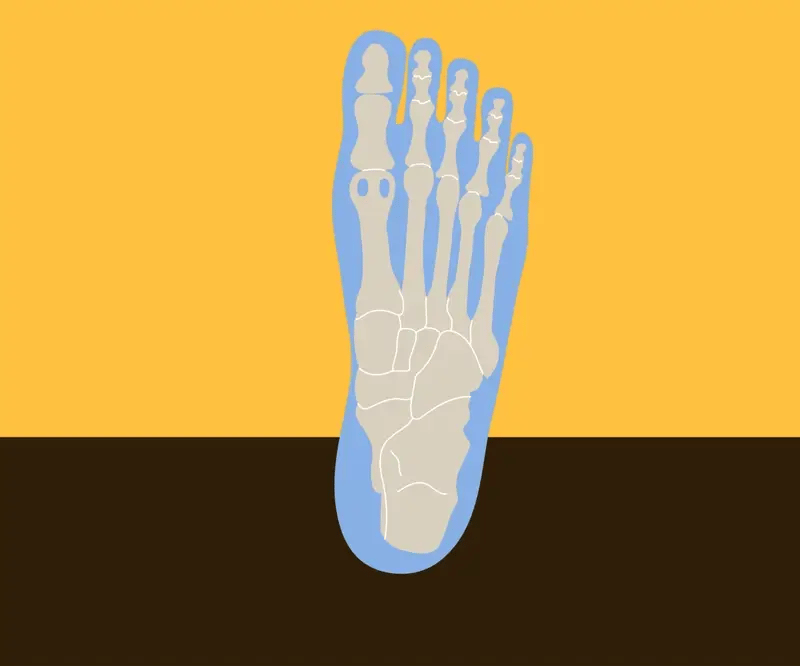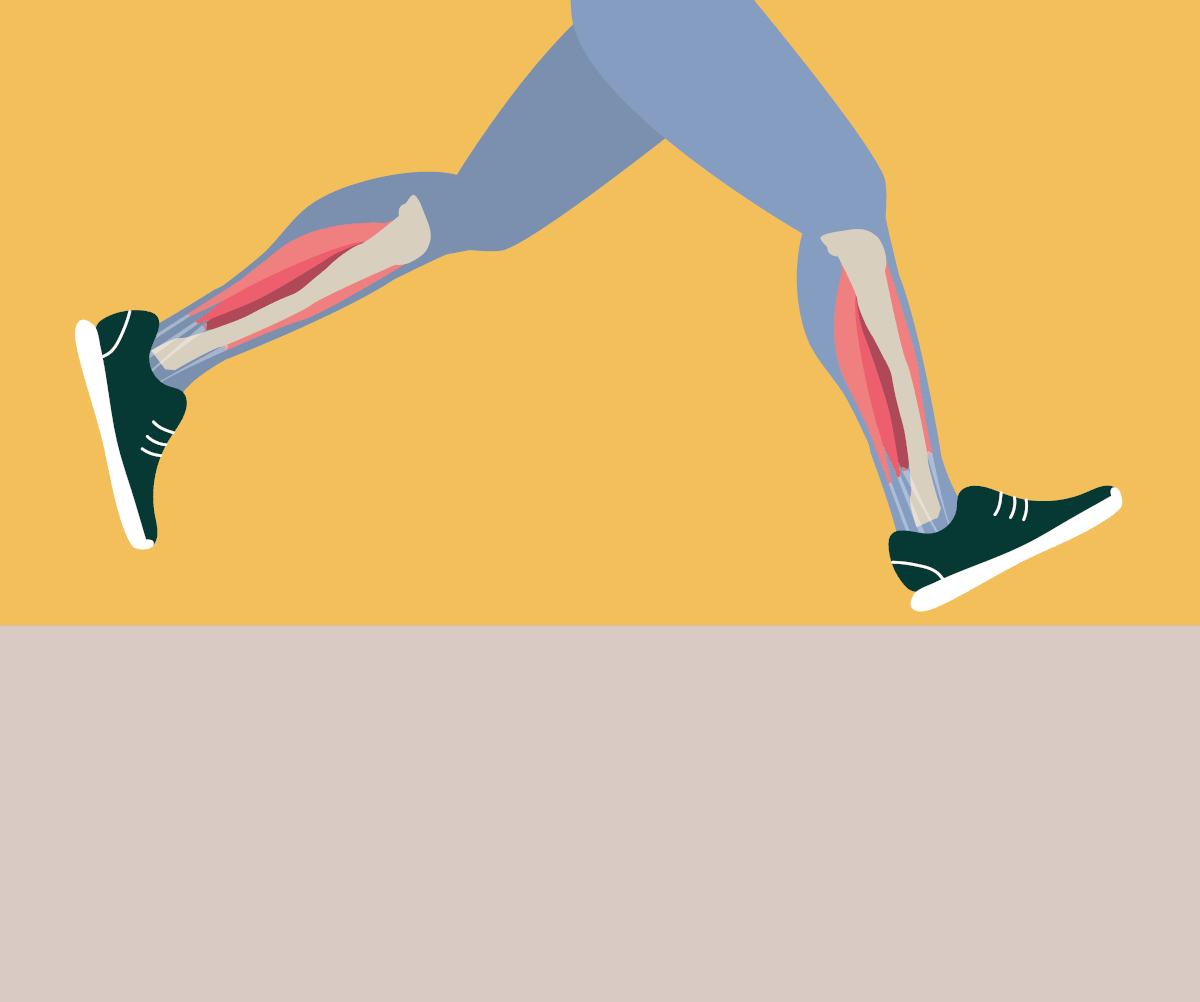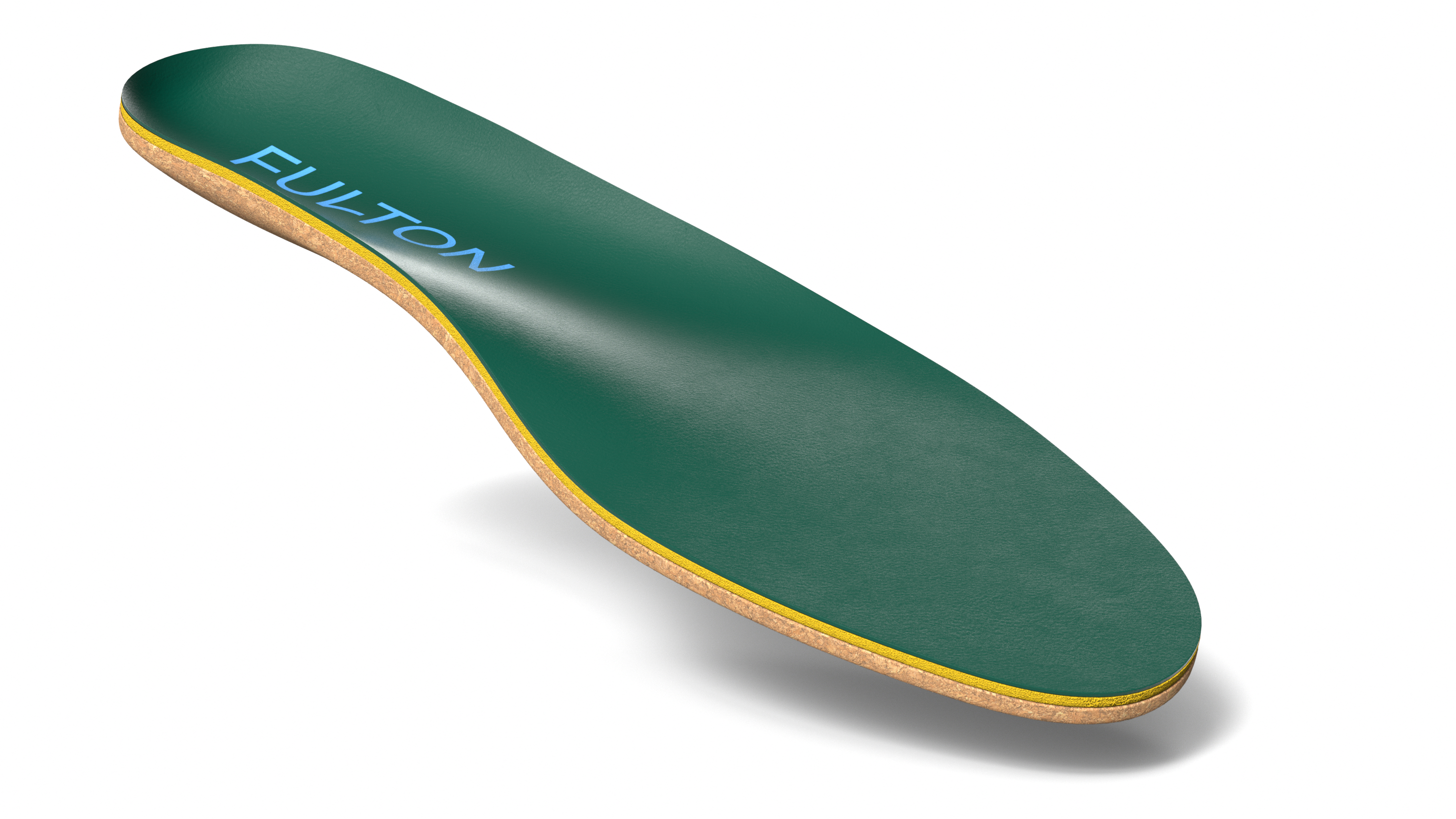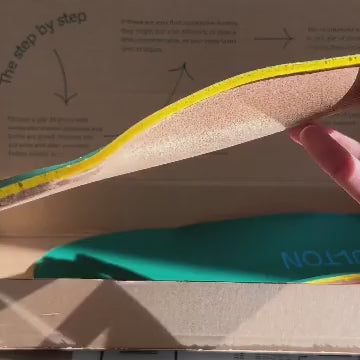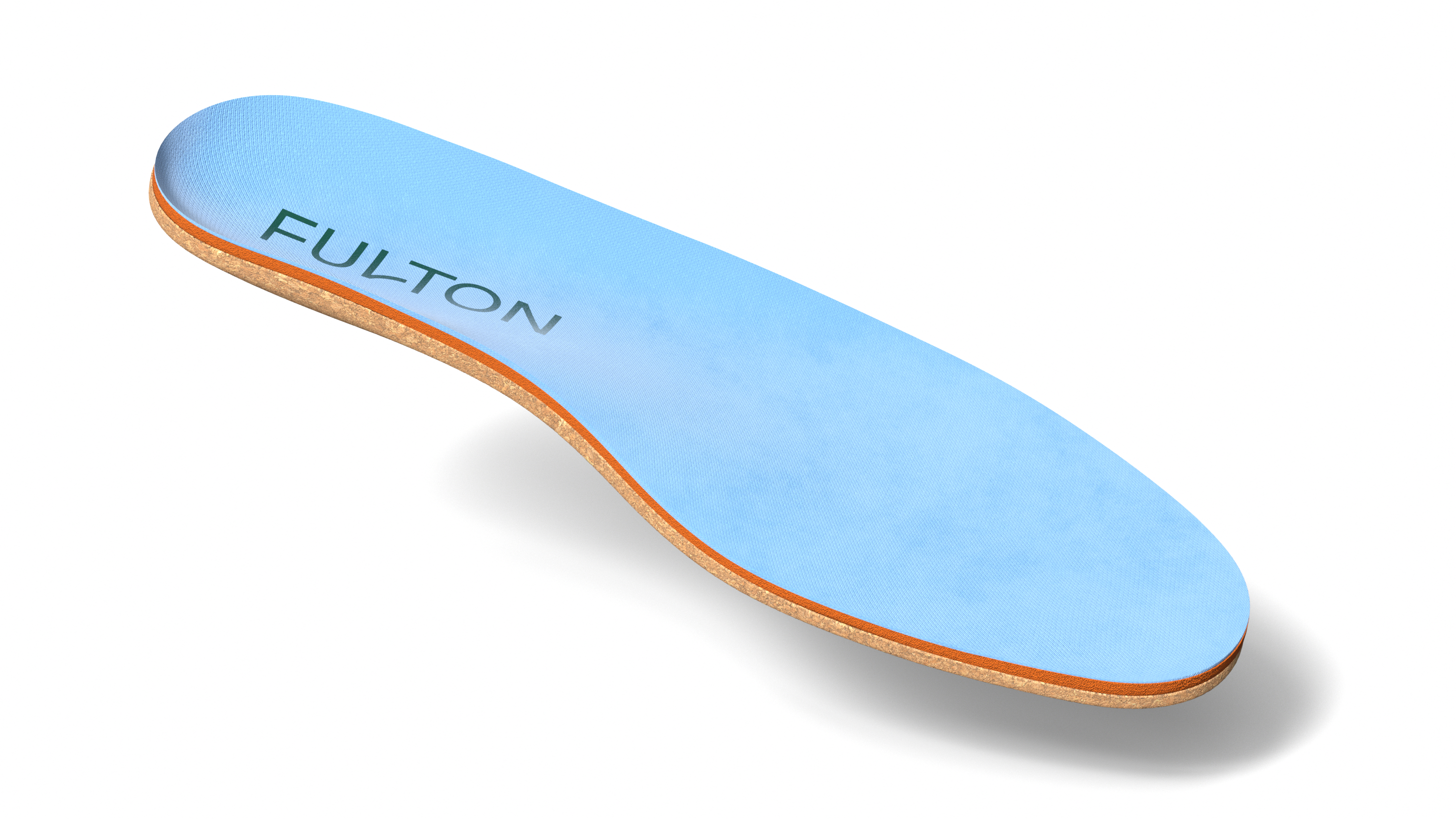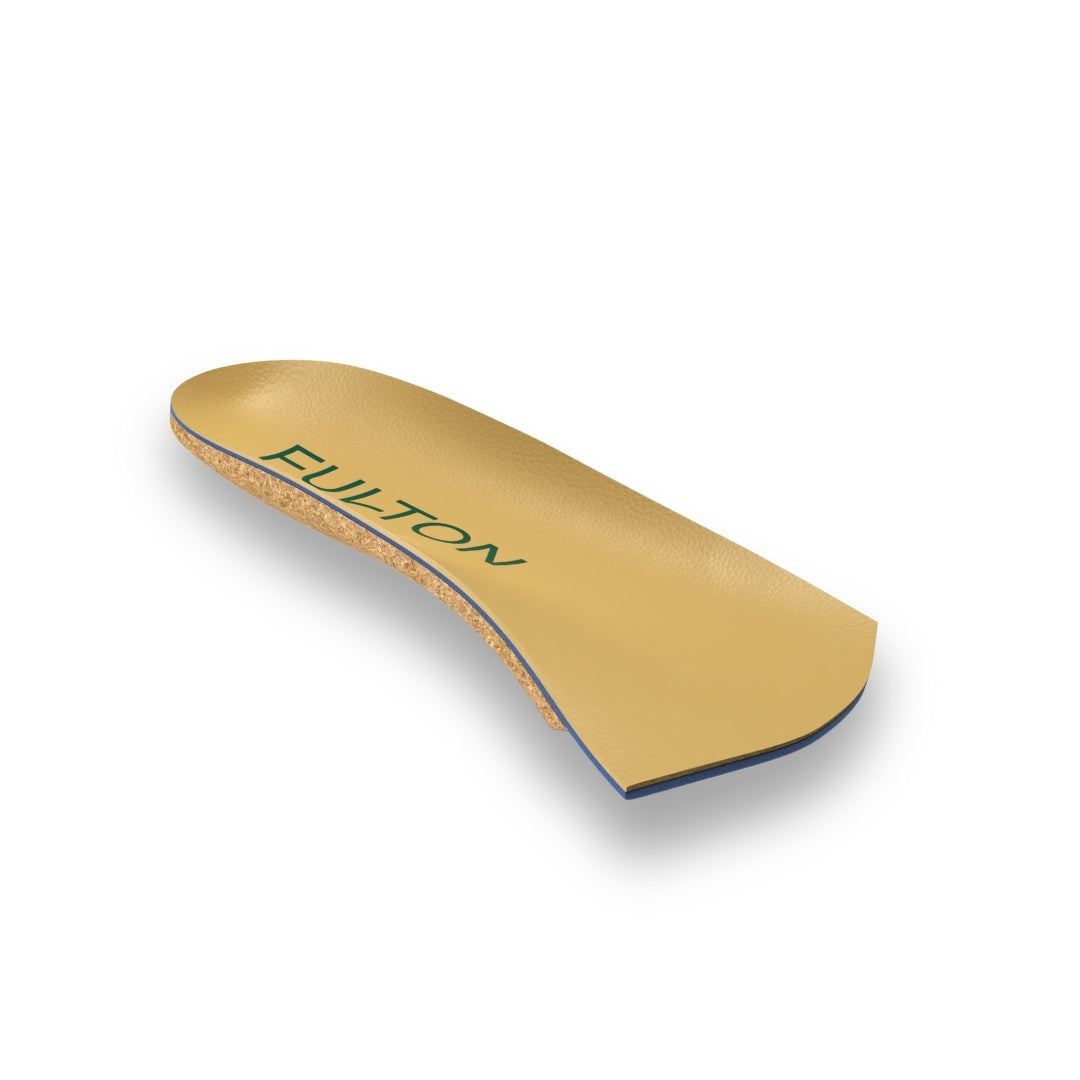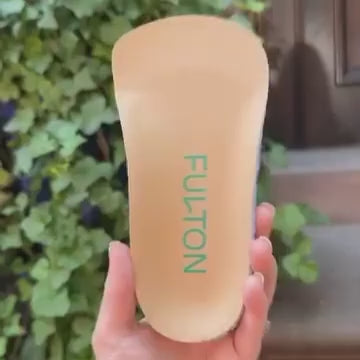How Fulton insoles stand apart from other OTC insoles
Fulton insoles are the first OTC (over-the-counter) insoles that I have found that most closely mimic the functional properties of my custom orthotics.
- First, Fulton insoles have a deep heel cup that stabilizes the heel in a more neutral, efficient position as your foot approaches the ground when taking a step.
- Second, a firm but custom moldable cork layer that prevents the arch from ‘collapsing’ and rendering the foot structurally disadvantaged at the exact moment maximum body weight is on the insole.
- And third, the cork insole foundation, natural latex foam layer, and vegan leather top cover are not only sustainably produced, but when layered together, provide superior cushioning and shock absorption.
Most OTC insoles that you would find at a local pharmacy or retailer focus on cushioning and do little to alter the mechanics or performance of the foot. They focus primarily on treating symptoms like pain, discomfort, and fatigue with little to address the in-efficiency of the foot mechanics which can improve alignment and increase efficiency.
Fulton insoles are a step up in terms of quality and efficacy, bringing the benefits of proper biomechanics into your footwear.
Why custom orthotics are not always the answer
Most custom orthotics are prescribed for more severe foot diagnoses (and require more technical custom accommodations), but still adhere to the same functional principles as Fulton insoles do. Custom orthotics require that of an Orthotist or Podiatrist evaluation, as well as a molding or scanning and subsequent clinic follow ups to ensure an optimal outcome. Some providers have attempted to allow patients to take their own molds home, mold them while standing (weight-bearing), and ship them to a production facility.
While this methodology might initially seem convenient, it only captures the ‘deformity’ or misalignment, which can lead to a custom foot orthotic that is too rigid and often does not correct or relieve the foot ailment. This not only leaves the patient less than impressed with their outcome, but also gives custom orthotics a bad name.
"Although I have worn custom orthotics for over 30 years, Fulton insoles have been a wonderful addition to my lifestyle."
Without a prescription or required medical intervention, Fulton insoles perform much like custom foot orthotics. Certainly, not everyone with flat feet is destined to incur foot ailments, but with Fulton insoles you can certainly provide the foot arch support necessary to help maintain foot health and performance.
Fulton insoles are very easy to ‘break-in’ over the course of 7-10 days - comparable to that of a cork sandal. After nearly four months of wear and at the current cost of $48 (as opposed to between $250-$800 for custom orthotics), it’s very affordable to add additional insoles to my many pairs of shoes for added convenience with no change in support.
About Jeffrey Brandt
Jeffrey M. Brandt, Certified Prosthetist/Orthotist, is the co-founder of Ability Prosthetics and Orthotics, an evidence-based P&O practice that has grown to over a dozen offices across three states. After graduating from Penn State University in 1995, Jeff completed the prosthetics technician program at Spokane Falls Community College in Spokane, Washington and became an ABC certified technician. He attended Northwestern University’s Feinberg School of Medicine’s Prosthetic & Orthotic program in 1999. He subsequently completed his orthotic residency at the Rehabilitation Institute of Chicago and his prosthetic residency at Lawall P&O in Delaware, where he served at A.I. DuPont Children’s Hospital. Brandt currently serves on the American Orthotic & Prosthetic Association’s (AOPA) board.


